class ii malocclusion dog
No bones no hard biscuits rocks or sticks. Malocclusion in dogs is commonly diagnosed in puppies when the primary dentition is present.

Angle S Classification For Malocclusions Dentalnotebook
Maxillary Canine Tooth Extraction for Class 2 Malocclusion in a Dog.

. In using these appliances the main concern is. These malocclusions are dento-skeletal in. The owner needs to supervise the dog especially with diet.
Maxillary Canine Tooth Extraction for Class 2. Treatment options vary for each type of malocclusion. Class II malocclusions have always been a challenge in orthodontics particularly in adult patients as the Class II pattern prevails in these patients.
Class II Malocclusion. A Class II malocclusion is classified as the lower jaw mandible being too short in comparison with the upper jaw maxilla. Dentofacial orthopedic treatment to improve mandibular growth.
Class II malocclusion describes occlusion in which the mandible is distal in position to the maxilla ie mandibular distocclusion. With a class 2 malocclusion in which the lower canines are penetrating the palatal mucosa this effectively staples the mandible to the maxilla s in that relationship an abnormal dental. In conclusion Class II malocclusions and linguoversed man- dibular canine teeth result in traumatic contact of maxillary teeth and tissues leading to pain periodontitis.
Maxillary Canine Tooth Extraction for Class 2. In the dog the ideal tooth positions in the arches are defined by the occlusal interarch and interdental relationships of the teeth of the archetypal dog ie wolf. There are certain clinical indications where functional appliances can be used successfully in Class II malocclusion as in a growing patient.
Though any dog or cat may suffer from dental malocclusion this is considered a very common disorder in the world of purebred dogs. In this type of malocclusion the mandible and. Here are the treatments that can be used to treat class 2 malocclusions.
Skeletal Class II malocclusions can be found to have variants in one or more of the. This often results in mandibular canine teeth traumatizing the palate. Class III malocclusion describes occlusion in which the maxilla.
Failure to correct the malocclusion. A Class II malocclusion is classified as the lower jaw mandible being too short in comparison with the upper jaw maxilla. Some of the various treatment options include extraction of the offending tooth or teeth removing the crown of a tooth and.
For children who are still growing.
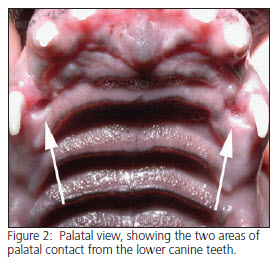
Interceptive Orthodontics Montana Pet Dentistry Oral Surgery

Treatment Of Class Ii Malocclusion With Tooth Movement Through The Maxillary Sinus American Journal Of Orthodontics And Dentofacial Orthopedics

Recognising Malocclusion In Dogs And Cats Veterinary Practice

Puppy Teeth Problems The Ultimate Guide Sydney Pet Dentistry

Maxillary Canine Tooth Extraction For Class 2 Malocclusion In A Dog Semantic Scholar

Malocclusion In Dogs And Cats The Veterinary Nurse

Feature Oral Health Issues In The Dog Developmental Abnormalities Malocclusions By David E Hansen Dvm Favd Davdc

Defining Dental Malocclusions In Dogs Is The First Step Toward Treatment
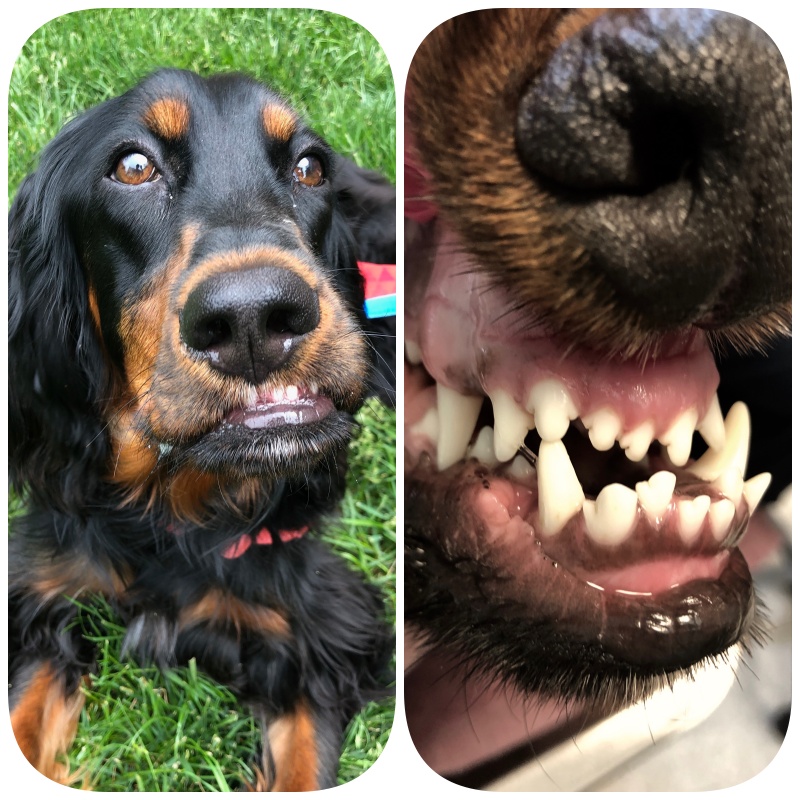
Malocclusions Misaligned Teeth Animal Dental Specialist

Malocclusions In Dogs And Cats Centennial Animal Hospital
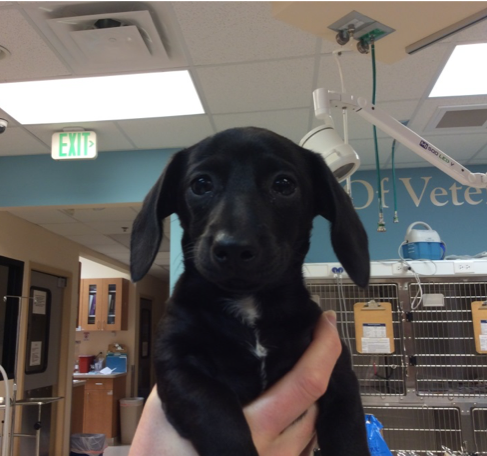
Class Ii Malocclusions When The Lower Jaw Is Shorter Than The Upper Jaw The Cove
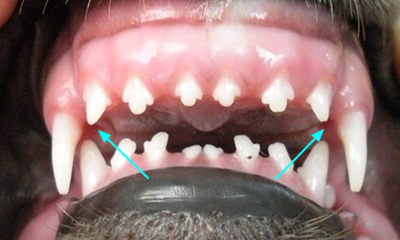
Overbite Veterinary Dental Center Malocclusion In Pet

Malocclusions In Dogs And Cats Centennial Animal Hospital
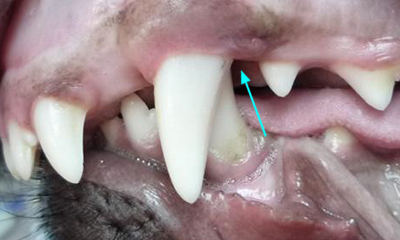
Overbite Veterinary Dental Center Malocclusion In Pet

Malocclusion In Dogs And Cats The Veterinary Nurse
